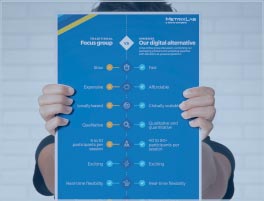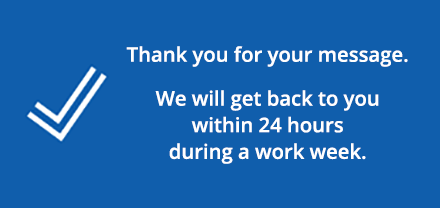Is ‘lazy data’ bothering you?
By Andy Santegoeds, Client Director at MetrixLab
Data is abundant. According to IBM, together we all generate 2.5 quintillion bytes of data daily. That’s equivalent to 2.5 million hard drives, each with 1,000 gigabytes of storage. Besides collecting data from market research studies, companies amass lots of other data. They collect details of transactions, the number of Facebook likes, online video views and visitors passing through a detection gate. They also gather data on whether someone is connected to WiFi in a coffee shop, or who listens to which song from a playlist on Spotify. Every day, the mountain of data accumulated only grows. So how do you separate the wheat from the chaff?
Shailesh Prakash, CIO and VP of Digital Product Development with the US newspaper The Washington Post, provides practical guidance. In February, Prakash spoke at the MWG conference in Amsterdam on ‘Lag Measures vs. Lead Measures’. According to Prakash, simply collecting data is not what’s challenging. Following Amazon, the (online) newspaper is concerned with a good daily performance. It is expected that The Post’s subscriber base will grow as a result, which in turn will lead to higher sales. Within The Post, focus has shifted from KPIs such as page views and revenue per subscriber to the number of scoops and which tweets result in traffic. From lazy data to active data!
The most important link in the process is the time factor, according to Prakash. Too much attention to lazy data will impede the speed of action. The sooner The Post knows which tweets provide traffic to its website, the better it can tailor the supply of news to the personal needs of its readers. That’s why journalists not only write an article, but also provide input for various headlines and images for tweets and posts. All these activities are focused on the rapid realization of traffic to the article concerned. Should one headline yield more traffic than another, it will be used more often. In addition, great attention is given to the evaluation of the different types of content and number of scoops the paper has. These are all variables that provide insight into where readers enter the news cycle. Do they read the latest news, the in-depth analysis, the editorial, or the ‘snappy’ infographics?
The data mountain is full of lazy data, which is validated by the idea that ‘knowledge is power’. This is not enough. We must embrace active data and the notion that ‘knowledge is action’.
This article was published in the well respected Dutch trade press title CLOU. This is the magazine for Marketing Research & Digital Analytics professionals, issued by MOA, Center for Information Bases Decision Making & Marketing Research in Amsterdam.
Andy Santegoeds is Client Director at MetrixLab. You can contact him under [email protected]







